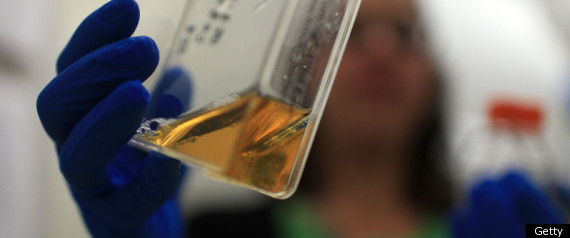 In what could signal a leap forward in the treatment of spinal cord injuries, the Bangalore Institute of Regenerative Medicine at Live 100 Hospital claims to have successfully used stem cell therapy to restore feeling to people paralysed by injuries, accidents or natural causes.
In what could signal a leap forward in the treatment of spinal cord injuries, the Bangalore Institute of Regenerative Medicine at Live 100 Hospital claims to have successfully used stem cell therapy to restore feeling to people paralysed by injuries, accidents or natural causes.
According to the hospital, its doctors have been treating paralysed below the neck patients using the concept of regenerative medicine and stem cell therapy for quite some time before making the results public. The patients who benefited by the treatment walk out of the hospital using a crutch or walker, with some showing “tremendous improvement”.
Balakrishan Baldev, 42, had been bedridden for the last ten years on account of damaged spine and wrong treatment. The first patient to be benefitted by the stem cell therapy, his eyes glistened with tears as he walked again after he underwent the surgery of spinal cord in May this year and has gained 95 per cent sensation. The development raises the possibility that spinal injury victims could walk again.
Dr H N Nagaraj, chairman and managing director, Live 100 Hospital, told India Medical Times, “The concept of regenerative medicine was started by me way back in 2002 in a laboratory environment until 2010. We started treating patients in 2010 and approximately 40-42 patients have undergone stem cell surgery since then. The results have been satisfactory and few have recovered to a great extent. While it might take less time for some, for others the healing and regeneration could take a long time.”
“As the spine injuries lead to acute loss of spinal cord vascularity and damage spinal cord, we identify and treat them using great precautions that repair the patients’ spinal cords and encourage the cords to heal,” he said.
“The hospital receives patients from different parts of the country and the world. People from Pakistan, Mexico and Yemen have been pouring in for the treatment. The conception that the treatment is expensive is not entirely true. As the treatment gives you focused therapy, a patient does not spend his money on wrong and unnecessary treatments hence every penny spent is worth the results he get. But still, at our hospital, we do take into account the income factor of the patient and do give subsidy to the needy. Our objective is to help everybody,” he added.
The therapy has also given a new lease of life to Khalid Abdullah, a 40-year-old soldier from Yemen who underwent a surgery of the spinal cord at the hospital after a bullet hit him four years ago. Before choosing India, he had visited several countries for the treatment. Paralysed waist down, he partly regained sensation in the legs after the surgery.
“Two levels of his spinal cord were crushed, a part of the spinal cord was removed in the surgery as it was damaged. He underwent stem cell treatment six months ago and has regained sensation in his lower limbs,” Dr Nagaraj said.
“My future plan is evolve the stem cell therapy and regenerative medicine in a fully functional department and involve some of the finest doctors in the field. We want to use stem cell for the treatment of other diseases too like diabetes etc. We want to make a strong team of doctors that would also include a neuro psychiatrist as the patients affected by trauma are generally disturbed and have a tendency to go into depression,” Dr Nagaraj said.
Several breakthrough researches in this area have corroborated that stem cells can develop into replacement cells for damaged organs or body parts. Unravelling the potential that stem cells hold, an answer to several diseases that are at present incurable could be discovered.
source: Twikle
 Scientists have made a breakthrough in regenerative medicine by fully restoring a degenerated organ in a living animal for the first time.
Scientists have made a breakthrough in regenerative medicine by fully restoring a degenerated organ in a living animal for the first time.

 In what could signal a leap forward in the treatment of spinal cord injuries, the Bangalore Institute of Regenerative Medicine at Live 100 Hospital claims to have successfully used stem cell therapy to restore feeling to people paralysed by injuries, accidents or natural causes.
In what could signal a leap forward in the treatment of spinal cord injuries, the Bangalore Institute of Regenerative Medicine at Live 100 Hospital claims to have successfully used stem cell therapy to restore feeling to people paralysed by injuries, accidents or natural causes.
